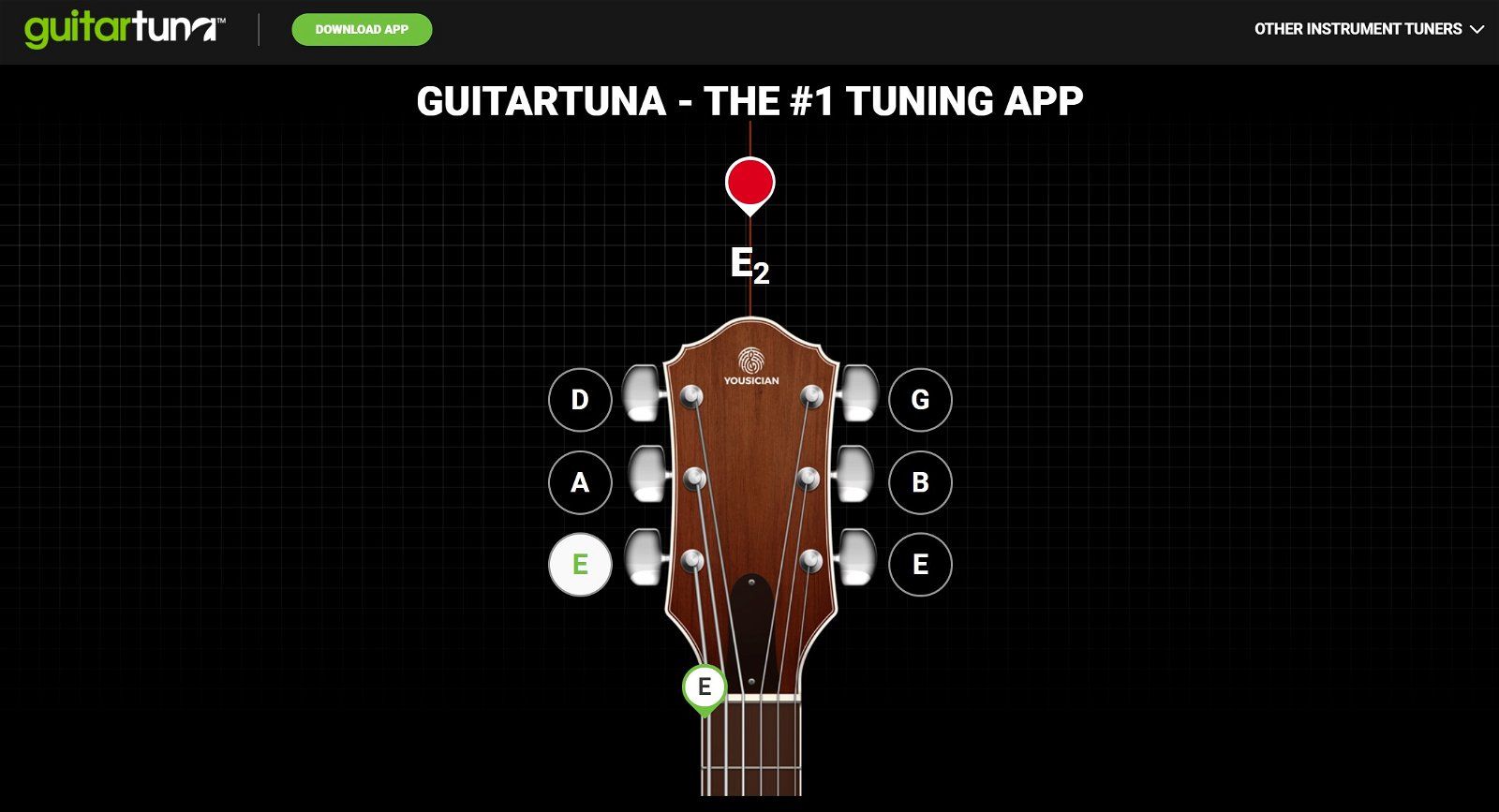Professional and highly experienced guitarists know that there is not a single chord setup in the world that is perfect for playing all kinds of genres, which is why they often divert to customized chord setups that allow them to play songs of their preferred genre.
There are many kinds of chord setups that are each made for different genres or playstyles, but if you’re more into the heavy rock or metal genre, then a lot of pro guitarists would recommend Drop D Tuning.
Tuning your guitar to Drop D tuning will expand your horizons and enhance your mastery of playing the guitar, as a new chord setup also requires learning a new way to play the guitar.
If you’re looking to tune your guitar to drop D tuning, then this article will help explain what drop D tuning is and exactly how you can tune your guitar to drop D, so what are you waiting for?
Read on to start widening your skills in playing instruments.
Contents
What is Drop D Tuning?
To know what drop D tuning really is, we first need to identify the standard tuning of most guitars, which is, from bottom string to topmost: E2, A2, D3, G3, B3, and E4 on a six-string guitar.
While this tuning is popular for its versatility, it’s not as deep as many hard rock and heavy metal guitarists want it to be, leading them to the alternative tuning of drop D.
To put it simply, drop D tuning requires you to tune the 6th or bottommost string to be an octave lower than your 4th string, which, if using the example above, would be D2, and no longer E2.
Tuning Your Guitar to Drop D
In this day and age, there are many ways to tune your guitar to the renowned alternative tuning, whether it be simply by ear, online, or by using electronic tuning gadgets that help you get the perfect pitch for drop D tuning.
By Ear
Tuning by ear is not the most accurate method of achieving a drop D tuning for your guitar, but it will help you practice when it’s your first time playing the alternative tuning alone and independent of other instruments.
To achieve drop D tuning by ear, all you simply have to do is loosen the tuning cork on your guitar until the 6th string sounds like a lower version of the 4th string.
Read: Best Acoustic Guitars: Top Reviews & Buying Guide
Why does this method work
This method works simply by applying music theory, which allows you to easily determine the pitch of a sound by ear, but you would need quite the keen senses to get it as accurate as possible.
Online Apps
A lot of online services and websites will help you achieve the tone you want to hear from your guitar, as close as possible to the accurate tune that you can get from drop D tuning.
These services and websites work by giving you a reference sound, allowing you to hear exactly what D2 sounds like so you can adjust your string accordingly.
However, this will be affected by the quality of speakers you have from where you access the websites, as the sound can get distorted and inaccurate, but will still bring you closer to the actual sound of D2.
Mobile Apps
Mobile apps can work almost the same way as online services do, while only high-quality apps will allow you to use the microphone in your phone to capture the sound as you pluck your strings.
Some of these apps can be paid or have ads on them, and the accuracy of the app will also depend on the microphone quality on your phone, which can also cause distortions in the incoming sound.
Electronic Tuners
These tuning devices rely on different engineering principles to help give you the sound you want to achieve with your guitar.
You can simply turn these devices on and place them near your guitar so it can pick up the sound from your guitar and give you a visual guide to let you know how far or close you are to the actual tune.
Music Styles for Drop D Tuning
Drop D tuning gives a heavier sound and lower pitch to your guitar, without changing any of the higher pitches from the 1st to the 3rd string, as the lower half can still be changed for even more depth from different alternative tunings or derivatives of drop D tuning.
Because it gives access to virtually all the same notes and pitches in standard tuning, you can use the drop D tuning in almost any genre that you think could use a heavier tone.
However, drop D tuning shines the most in genres like grunge, hard rock, and heavy metal because all these genres require a playstyle with darker and heavier tones drop D tuning can easily live up to.
Some songs you can practice your drop D tuning with are “Sludge Factory” by Alice in Chains, “Moby Dick” by Led Zeppelin, “Black Hole Sun” by Soundgarden, and even “Dear Prudence” by The Beatles.
If you’ve noticed, the songs and bands mentioned above are mostly iconic rock bands from the 1960s to the early 2000s, as these bands are what you can consider to be pioneers of drop D tuning, paving the way for more experienced musicians to explore all the sound their guitars can give them.
Explore
Everyone has varying tastes on what genre of songs they want to learn to play on their guitars, which is why there is not a single tuning setup that everyone can use to meet the needs of all guitarists.
Drop D tuning is similar to these other alternative tunings – it’s not made for everyone, so at the end of the day, it is up to you to explore the different alternative tuning setups made for different genres, may it be country, pop, jazz, or classical!
Starting with a simple drop D tuning to expand your horizons will allow you to ease into other alternative tunings with barely a hitch, but there’s no need to pressure yourself because it’s all a learning process! Good luck.



